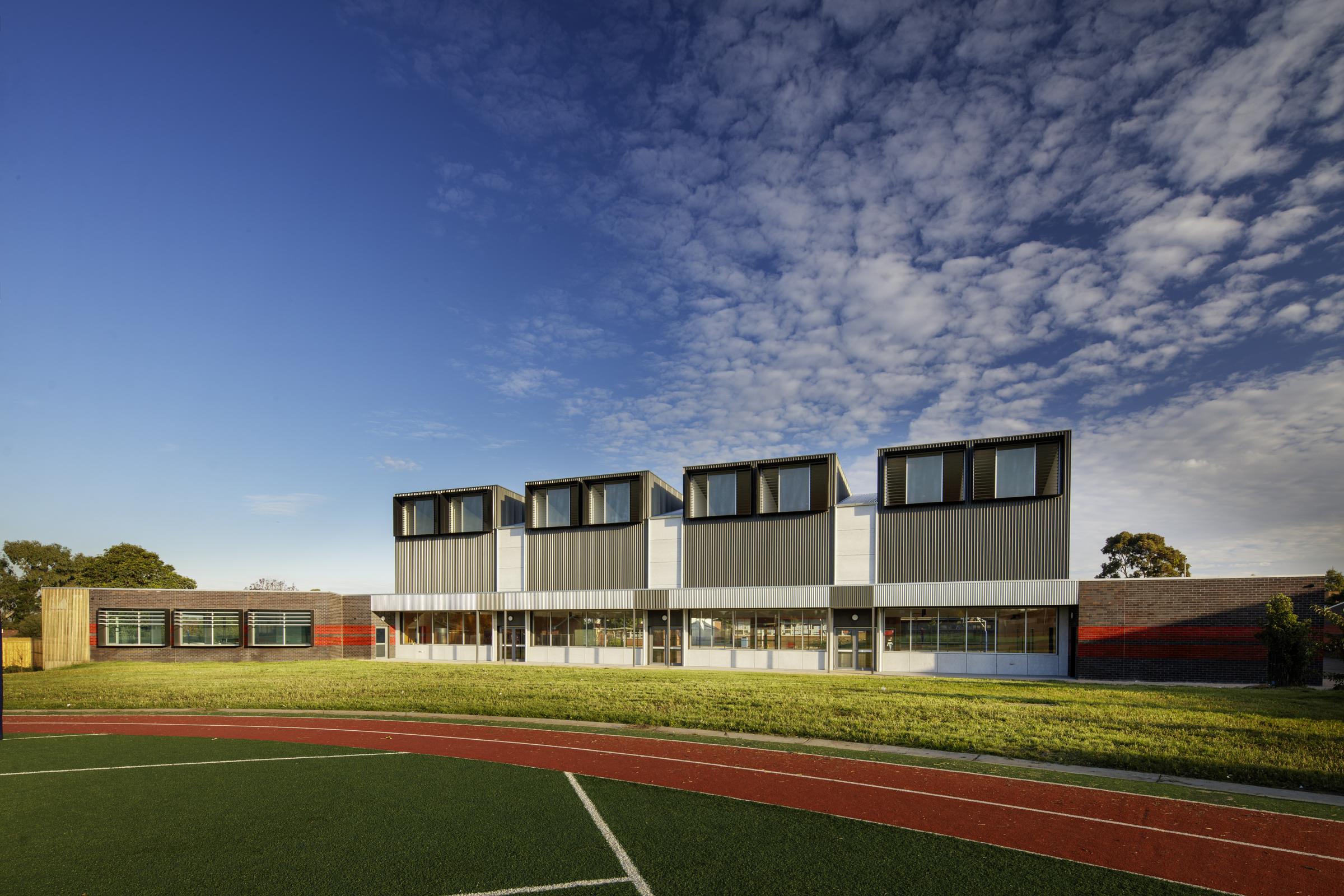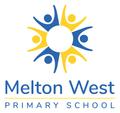Assistant Principal Report

Dear Parents and Carers,
Getting it right in English!
Learning to spell
What we need to know:
Spelling is a tool for writing. Reading, writing and spelling are interconnected. Readers and writers are constantly building up images of how words look. Writers become conscious users and consumers of words. They take notice of words in the books they read and the words they see in their environment. Good spellers are resourceful. When they notice that a word does not look right, they experiment and substitute other letters, find the word in a book, a magazine, the environment, the dictionary, use the spell checker, or ask someone.
Every writing time is a spelling time. Writers compose for meaning first and foremost. They proofread to ensure the intended message is conveyed accurately and appropriately for their intended reader.
Teachers vary the way they teach spelling. Most spelling words relate to the work the children are studying or are selected because children use them in their writing. In order for children to retain correct spellings, they need to use the words in their writing. Most of us have difficulty spelling words that we rarely (if ever) use or seldom see in our reading.
Children need encouragement to use words that they cannot necessarily spell. Spelling should not be a deterrent for writing or effective expression of meaning. It is preferable for a child to use the word ‘serendipity’ because it is the word of choice even though he may not be able to spell it yet, rather than not use it at all or be forced to substitute a less significant and less interesting word. Using words is how new words are learned.
Children who lack confidence with spelling or are fearful of getting a word wrong, often restrict their expression to words they know and can as a consequence, become reluctant writers.
It is desirable that children become independent spellers rather than rely on you to spell words they don’t know. The first step is to encourage them to identify words they think they have spelled incorrectly. When children want to write a word, encourage them to ‘have a go’ at spelling it and then look again to see if they think it is spelled correctly. Initially, focus on what they have right rather than what is wrong. Show them where they have made an error and see if they can correct the word by trying other letters; draw the shape of the word; ask where they saw the word last; or suggest they find the book where the word appears.
What parents can do:
- Draw attention to words in the environment and in the books you read together, for example: ‘Look at those two words … they almost are identical except for the last letter’; ‘That word is really long’; ‘That word is French’; ‘That word has three syllables in it’; ‘Those two words rhyme’.
- Play games with spelling. Play games like Scrabble, crosswords, making words from number plates, letters in your names, words that can be spelled the same forward and backwards. Look for spelling apps that you can play together, for example, Boggle.
- Play word games like thinking of rhyming words, opposites, or words that sound like their meanings. The Internet has many fun and free spelling activities.
- Point out unusual words in the books you read together.
- Look for words in the environment.
- Show that you care about spelling. Ask: ‘Who knows how to spell …’ Say that you will write it down and take a look at it to see if it looks right.
- Children learn to spell by writing and noticing words when they read. Make reading and writing an integral part of your child’s day.
Information is this article courtesy of PETAA- Primary English Teachers Association Australia
https://www.petaa.edu.au/w/Teaching_Resources/Parents_guide.aspx/#lts
Assistant Principal
Sarah Mills





